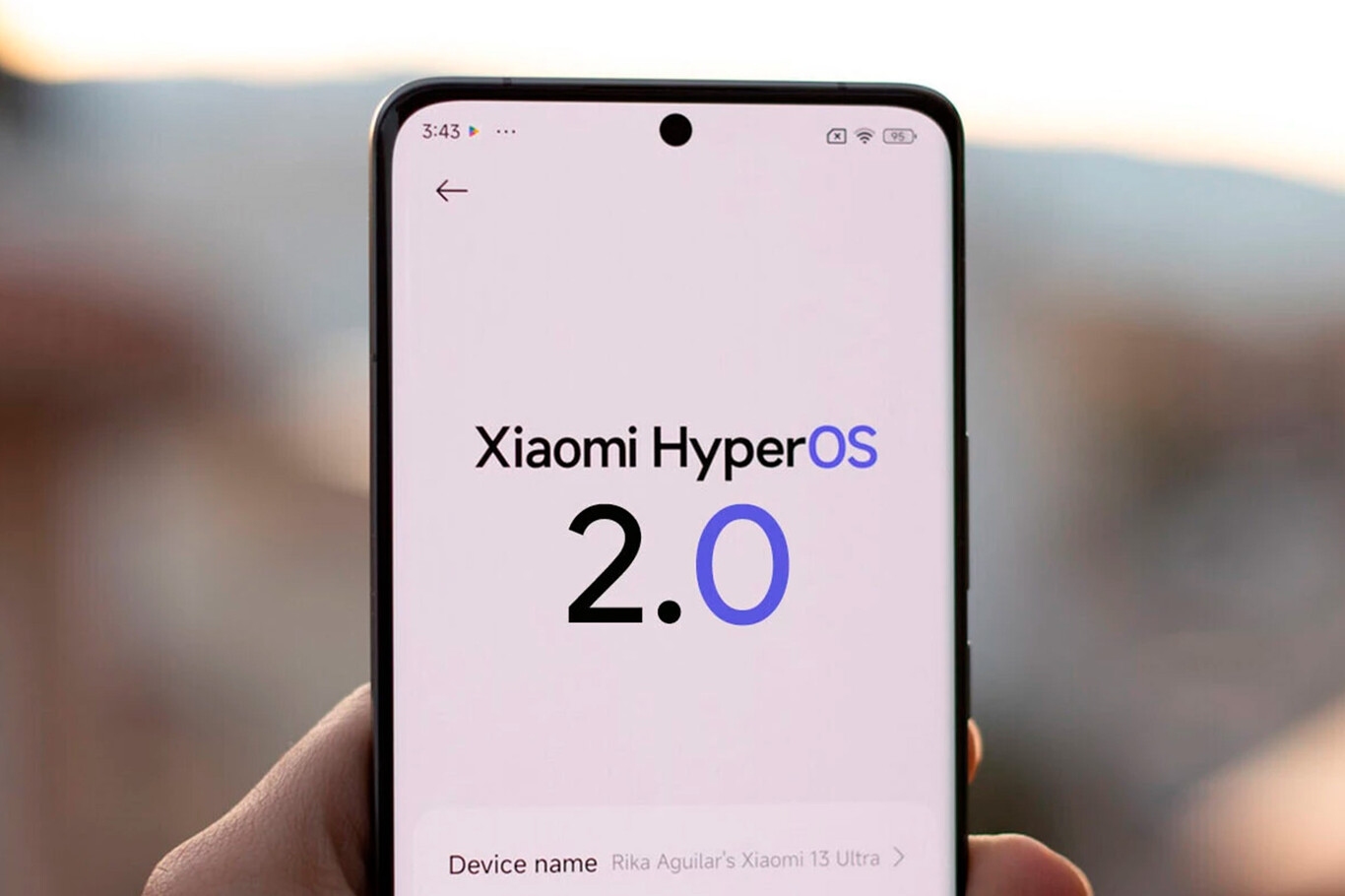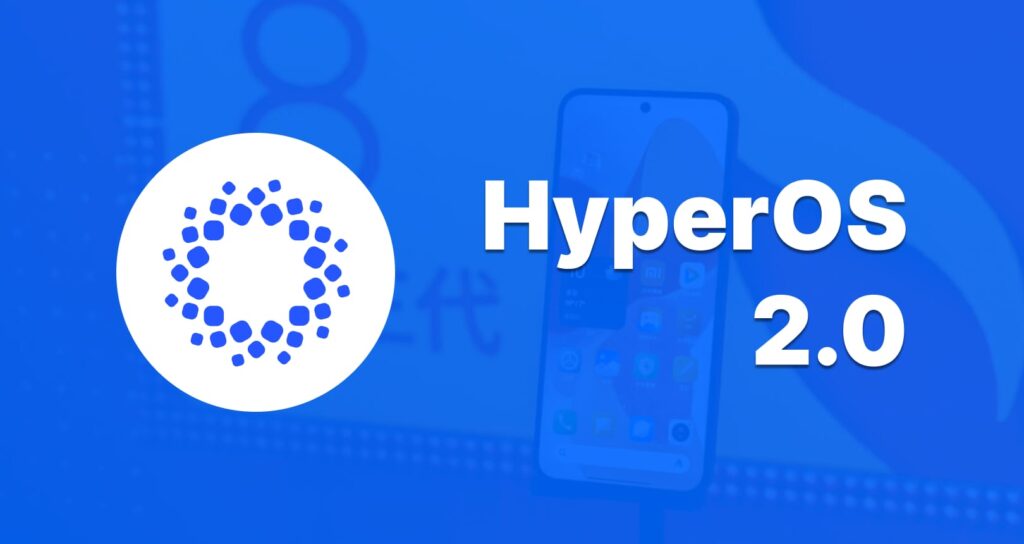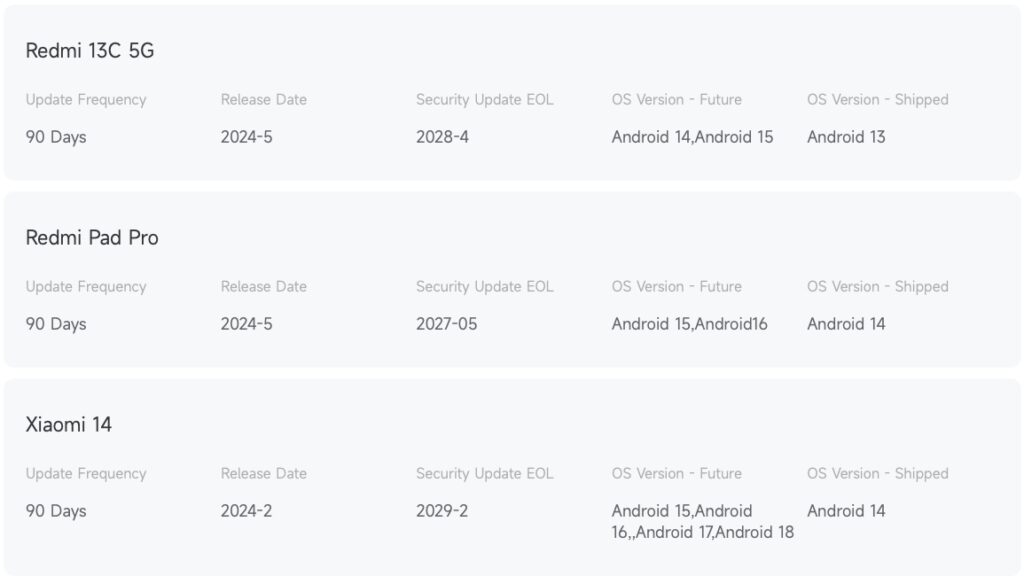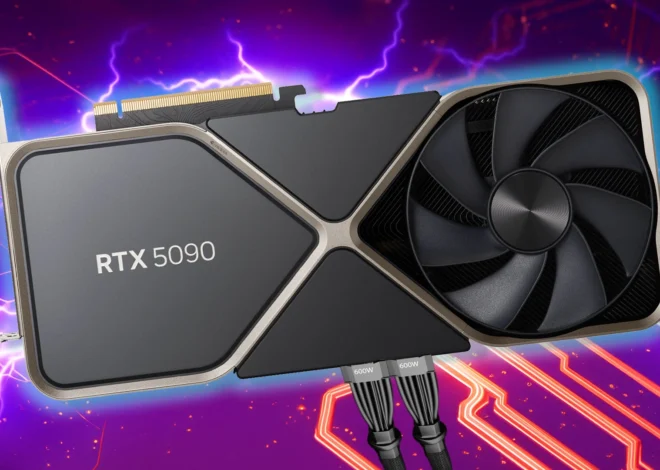
HyperOS 2.0 release date, device update list, features
Xiaomi HyperOS 2.0 is the second generation of Xiaomi’s operating system with support for Android 15 and 14. It is designed for Xiaomi smartphones, tablets, smartwatches, smart home devices and even electric cars.

The HyperOS 1.0 was released on 26 October 2023 and replaced MIUI 14, the previous OS for Xiaomi, Redmi and POCO phones and tablets, bringing together more than 200 products from the Chinese company into an ecosystem.
HyperOS 2.0 release date
An official HyperOS 2 release date has yet to be announced, but based on past OS releases, it’s safe to assume it’s autumn 2024.
After the failed release of MIUI 12, which was met with many complaints, an “interim” version MIUI 12.5 was released, fixing many issues. After that, the developers revised their approach to developing major updates and started releasing them steadily towards the end of the year:
Therefore, we can safely assume when HyperOS 2 will be released – between October and December 2024. It is expected that the update will be presented at the presentation along with the new flagship Xiaomi 15. After it will be received by top Chinese smartphones, and after a month the new firmware will be released on global models of phones and tablets.
In the case of the first HyperOS, only the Chinese version was unveiled. The global HyperOS was not shown separately, it just started coming to supported devices a little later. Unlike MIUI, where two events were held: one with the China version and the second (a month later) for the global version of the shell for Xiaomi, Redmi and POCO.
From here we can conclude when the global HyperOS will be released in India – Q1 2025. The Indian version usually starts releasing along with the global and other regions.
HyperOS 2.0 deployment will obviously take place in stages during 2025, similar to previous releases of Xiaomi’s operating systems, which the miuirom.org editorial team has been following closely for several years.
A rough HyperOS 2 timeline for the release:
- In December 2024, Chinese flagships will start receiving the update.
- From January 2025, global HyperOS 2 will arrive on supported flagships and premium segment phones.
- Starting Q2 2025, firmware will be coming to mid-range phones.
- The lowest priced supported models will receive the update in the second half of 2025.
This assumption is based on the fact that Xiaomi will continue to stick to its previously outlined system of releasing major updates. If anything changes, this article will be updated.
Which smartphones will get the update
Xiaomi HyperOS 2.0 is expected to come pre-installed on the new Xiaomi 15 series flagships and the Redmi K70 Ultra, which will be unveiled at the same event.
It is reliably known that the Xiaomi 13T, Xiaomi 14T and 14T Pro phones, as well as the Xiaomi Pad 6S Pro 12.4 tablet are already testing Android 15 (the first Hyper OS version doesn’t support it). These devices will be among the first to update to HyperOS 2.0.
There is also an official AER list that shows which phones will be updated to which Android version.
- Xiaomi 14, 14 Ultra, 14 Pro, 14 Pro Ti Satellite
- Xiaomi 13T, 13T Pro, 13 Lite
- Xiaomi 12, 12 Pro, 12T, 12T Pro
- Xiaomi Pad 6S Pro 12.4
- Redmi Note 13, 13 5G, 13 Pro, 13 Pro 5G, 13 Pro Plus 5G
- Redmi Note 12
- Redmi Pad Pro
- Redmi 12, 12 5G
- Redmi 13, 13C, 13C 5G
- POCO M6 Pro 5G
The list is incomplete due to the fact that Xiaomi does not regularly update the AER page on its website and it does not contain all models. Obviously, a lot more smartphones will be updated.

So, if your device is not in the list above, don’t get upset and check out the unofficial lists below based on, among other things, device support timelines.
Which Xiaomi phones will get HyperOS 2.0
- Xiaomi 14, 14 Pro, 14 Ultra, 14 Pro Ti Satellite
- Xiaomi 13, 13 Lite, 13 Pro, 13 Ultra, 13T, 13T Pro
- Xiaomi 12, 12 Lite, 12 Pro, 12 Pro Dimensity, 12T, 12T Pro, 12S, 12S Pro, 12S Ultra
- Xiaomi 11T, 11T Pro
- Xiaomi Mi 11, Mi 11 Pro, Mi 11 Ultra, Mi 11 LE, 11 Lite 5G NE
- Xiaomi MIX Fold 2, Mix Fold 3
- Xiaomi Civi 1S, Civi 2, Civi 3, Civi 4 Pro
- Xiaomi Pad 6, Pad 6 Pro, Pad 6 Max 14, Pad 6S Pro 12.4
- Xiaomi Pad 5 Pro 12.4
Which Redmi phones will receive HyperOS 2.0
- Redmi K70, K70E, K70 Pro
- Redmi K60, K60E, K60 Pro, K60 Ultra
- Redmi K50, K50 Gaming, K50 Pro, K50 Ultra, K50i, K50i Pro
- Redmi Note 13 Pro, 13 Pro Plus, 13R Pro, 13 5G, 13 Pro 4G, 13 4G, 13R, 13 4G NFC
- Redmi Note 12, 12 Pro, 12 Pro Plus, 12 Explorer, 12R Pro, 12 Pro Speed Edition, 12 NFC 4G, 12 Turbo, 12 4G, 12S, 12R
- Redmi Note 11T Pro, 11T Pro Plus, 11R, 11E
- Redmi 13, 13 5G, 13R, 13C 5G
- Redmi 12, 12 5G, 12C
- Redmi 11, 11 Prime 5G, 10 Prime Plus 5G
- Redmi 10 5G
- Redmi Turbo 3
- Redmi Pad, Pad Pro, Redmi Pad SE, Redmi Pad Pro 5G
Which POCO phones will get HyperOS 2.0
- POCO F6, F6 Pro
- POCO M6, M6 Plus 5G, M6 Pro, M6 Pro 4G
- POCO X6 5G, X6 Neo, X6 Pro
- POCO X5 5G, X5 Pro 5G
- POCO M5
- POCO F5 5G, F5 Pro
- POCO F4 Pro, F4 GT, X4 GT Pro
- POCO X4 GT
- POCO M4 5G
- POCO C55
- POCO Pad
This is unofficial information, but as our practice of the last few years shows, this analysis agrees with reality in 99% of cases.
Unfortunately, every year, some Xiaomi, Redmi and POCO phones fall into the EOS list and updates for them stop coming out. For example, the Mi 10 series received the HyperOS 1.0 update, but the second generation of the OS will no longer be available to it. If your phone is on the EOS (End Of Life) list, it is no longer getting new firmware.
Mi 10 and Redmi Note 10 series, POCO M5s, Redmi 10 2022 and younger models will not be updated to HyperOS 2.
HyperOS 2: What’s new
The first HyperOS version inherited the MIUI interface, although it was internally significantly redesigned and learnt to manage the ecosystem of Xiaomi products. The second version will continue to strengthen the ecosystem as standard, get improved performance, energy efficiency and functionality.
Although there has been no official presentation yet, leaks of information are already appearing. So far there is not much of it, but the closer the HyperOS 2 release date, the more of it becomes available.
It is also reliably known that there is support for Android 15 and 14, which means that developers will be using the new features of Google’s mobile operating system.
What’s new in HyperOS 2.0:
- Battery life and improved performance. These metrics are improved in Google Android every year. Android 15 is no exception. In HyperOS 2.0, battery life can be optimised and performance can be improved.
- Security and privacy. The second HyperOS generation is likely to get new features to protect user data and privacy. The first version of the OS boasts a major step in this direction.
- New smooth animations and visual effects. On some models, some of the effects will not be available. This is done to ensure that weak smartphones run smoothly. There are reports that most of the new visual effects and animations will only be supported on devices equipped with the octa-core Qualcomm Snapdragon 8 Gen 2 SoC and more powerful chipsets.
- New Superbwallpapers. New Ocean and Desert wallpapers will add a pleasant visual experience when using your smartphone or tablet.
Touchless gestures. These are in beta testing and may appear in HyperOS 2. You’ll be able to switch between apps or control audio and video playback without touching the screen, simply by waving your hand in the air. - AI Expansion and AI Remover in the Gallery app. Introducing artificial intelligence capabilities to Gallery allows you to resize images and remove objects from photos without using third-party apps.
- The update to Always On Display. AOD will get more design options, and screen time in this mode can be infinitely longer.
- Camera Interface. Refined to make it easier to access settings for a better photography experience.
- Control Centre. Slight redesign to increase its usability.
- Widget grouping. Widgets can be grouped together to save screen space. They work similarly to those available in iOS, but look like stacks.



